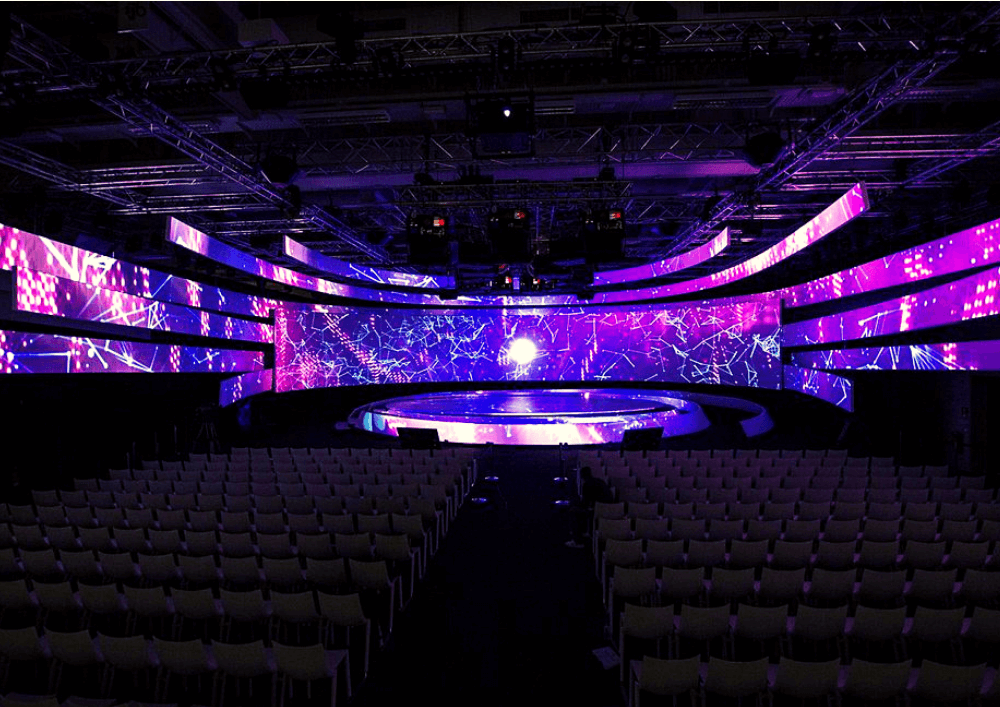Exploring The Way Resolution Affects the Performance and Aesthetic Caliber of LED Screens in Modern Exhibition Techniques
Exploring The Way Resolution Affects the Performance and Aesthetic Caliber of LED Screens in Modern Exhibition Techniques
Blog Article
LED walls are growing more and more common in various settings, including musical events and sports competitions to corporate presentations and creative exhibits. One of the key crucial factors that affect the functionality and visual clarity of these screens is image clarity. Image resolution denotes the quantity of pixels that compose the visual on the screen. Higher image clarity means additional pixels, which can lead to clearer and crisper visuals. Understanding how resolution affects LED screens can assist operators make informed decisions about their display needs.
When talking about image clarity, it is crucial to take into account picture spacing, which is the gap between the midpoint of one pixel to the center of the next pixel. A smaller picture spacing yields a greater image clarity, enabling additional clarity in the images displayed. For example, an LED screen with a picture pitch of 1.5mm will provide a clearer image than one with a picture spacing of 3mm. This is particularly crucial in settings where viewers are close to the screen, such as in a small location or a exhibition show booth. In these cases, a greater resolution can greatly improve the observing quality.
Another aspect of resolution is its impact on hue precision and luminosity. LED walls with higher resolutions often have better color rendering, meaning that the colors displayed are increasingly lively and realistic. This is crucial for uses like marketing, where the objective is to attract attention and communicate a concept efficiently. Additionally, higher resolution displays can preserve luminosity levels even when viewed from different angles. This is crucial in big locations where audiences may be seated at different ranges and angles from the screen.
The functionality of LED screens is also affected by image clarity in terms of update frequencies and response durations. A greater image clarity display can handle faster refresh rates, which is essential for fast-moving material such as films and motion graphics. This indicates that the visuals on the display will appear smoother and more fluid, improving the total observing quality. In comparison, reduced image clarity screens may have difficulty with dynamic material, resulting in fuzziness or lag. Therefore, for occasions that depend on dynamic images, selecting a screen with a appropriate image clarity is vital.
In conclusion, resolution plays a vital role in defining the functionality and image clarity of LED screens. Elements such as pixel pitch, color accuracy, brightness, update frequencies, and reaction durations all best site affect how efficiently a display can convey information and engage viewers. As technology continues to progress, grasping these factors will assist operators select the right LED wall for their specific requirements, guaranteeing that they obtain the optimal possible results in their presentations and events.